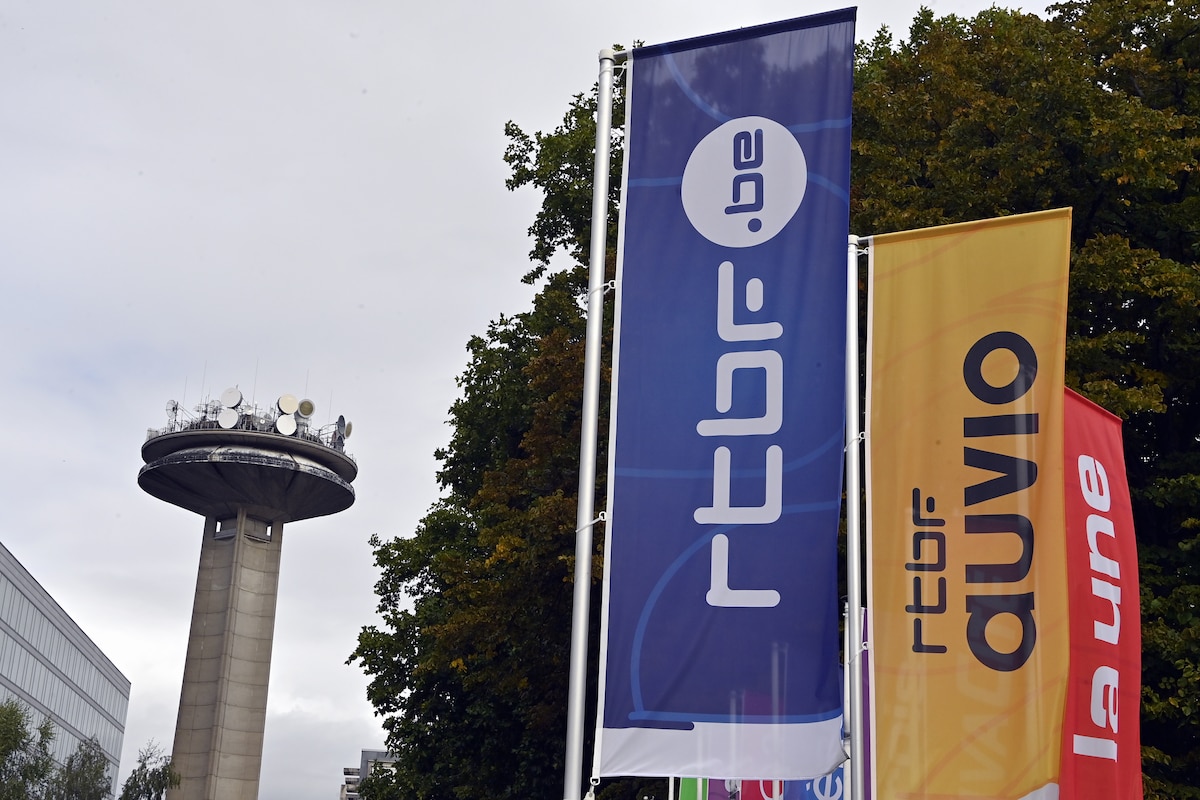Middle Management: Bridging The Gap Between Leadership And Workforce

Table of Contents
The Critical Role of Middle Management in Organizational Success
Middle managers are not merely messengers; they are the architects of organizational execution. They translate complex strategic goals from upper management into actionable plans, ensuring that directives are understood, implemented, and ultimately achieve the desired outcomes. Their influence permeates every level of the organization.
- Act as a liaison between upper management and employees: Middle managers facilitate two-way communication, ensuring that both perspectives are heard and understood. They relay expectations from above and convey feedback from below.
- Drive team performance and productivity: By setting clear goals, providing effective feedback, and fostering a positive work environment, middle managers directly impact team output.
- Implement organizational strategies and policies: They are responsible for ensuring that company-wide initiatives are successfully rolled out within their teams.
- Foster a positive work environment: Middle managers cultivate a culture of collaboration, respect, and open communication, leading to increased job satisfaction and reduced employee turnover.
- Identify and address employee concerns: They act as a first point of contact for resolving employee issues, preventing small problems from escalating into larger conflicts.
- Contribute to talent development and succession planning: By identifying high-potential employees and providing mentorship, middle managers play a key role in building a strong talent pipeline.
Effective Communication: The Cornerstone of Middle Management
Clear, consistent, and transparent communication forms the bedrock of successful middle management. It’s a two-way street, requiring active listening as much as effective dissemination of information.
- Active listening skills: Truly understanding employee concerns and feedback requires more than just hearing; it demands active listening and empathetic engagement.
- Transparent and regular updates: Keeping teams informed about organizational changes, project progress, and relevant updates builds trust and reduces uncertainty.
- Constructive feedback mechanisms: Regular performance reviews and informal feedback sessions provide opportunities for growth and improvement.
- Utilizing multiple communication channels: Employing a mix of methods – meetings, emails, instant messaging, and even informal one-on-ones – caters to diverse communication styles and preferences.
- Addressing rumors and misinformation promptly: Quickly addressing inaccurate information prevents confusion and maintains credibility.
- Promoting open dialogue and feedback sessions: Creating a safe space for open communication encourages collaboration and problem-solving.
Strategic Implementation and Performance Management
Middle managers are tasked with transforming high-level strategies into specific, measurable goals. They oversee the implementation of action plans and monitor progress against established targets.
- Setting SMART goals: Defining goals that are Specific, Measurable, Achievable, Relevant, and Time-bound ensures clarity and focus.
- Developing and implementing action plans: Creating detailed plans with clear timelines and responsibilities ensures efficient execution.
- Monitoring team performance and progress against goals: Regularly tracking progress allows for timely adjustments and prevents project delays.
- Providing regular performance feedback: Constructive feedback helps employees improve their performance and stay motivated.
- Identifying areas for improvement and implementing corrective actions: Proactive identification and resolution of problems prevent small issues from becoming major setbacks.
- Utilizing performance management tools and techniques: Employing effective tools and techniques optimizes performance monitoring and evaluation.
Fostering Employee Engagement and Motivation
A highly engaged workforce is a productive workforce. Middle managers play a vital role in creating a positive and supportive work environment where employees feel valued and motivated.
- Recognizing and rewarding employee contributions: Acknowledging achievements, both big and small, boosts morale and reinforces positive behaviors.
- Providing opportunities for professional development and growth: Investing in employee training and development demonstrates a commitment to their future.
- Promoting work-life balance: Supporting employees in maintaining a healthy work-life balance increases job satisfaction and reduces stress.
- Creating a culture of collaboration and teamwork: Fostering a collaborative environment enhances productivity and team spirit.
- Addressing employee concerns and grievances promptly and fairly: Addressing issues quickly and equitably shows respect for employees and builds trust.
- Building strong relationships with team members: Strong relationships build a foundation of mutual respect and understanding, leading to increased productivity and collaboration.
Developing Essential Middle Management Skills
Excelling as a middle manager requires a diverse skillset. Continuous development in these areas is crucial for success.
- Leadership skills (delegation, motivation, mentorship): Effective delegation, inspirational motivation, and supportive mentorship are essential leadership attributes.
- Communication and interpersonal skills: Excellent communication and strong interpersonal skills are paramount for building rapport and fostering collaboration.
- Problem-solving and decision-making skills: The ability to identify and resolve problems effectively is critical for maintaining efficiency.
- Strategic thinking and planning skills: Understanding organizational strategies and developing effective plans are key to successful implementation.
- Time management and organization skills: Efficient time management and strong organizational skills are crucial for handling multiple tasks and deadlines.
- Conflict resolution skills: The ability to effectively manage and resolve conflicts maintains a harmonious work environment.
Conclusion
Effective middle management is the linchpin connecting leadership vision with workforce execution. By mastering communication, driving strategic implementation, fostering employee engagement, and continuously developing essential skills, middle managers can bridge the gap between leadership and the workforce, leading to enhanced organizational performance. Invest in your middle management team and strengthen your organizational performance by implementing these effective strategies to bridge the gap between leadership and your workforce. Learn more about effective middle management techniques today!

Featured Posts
-
 Explorer Les Traditions Des Gens D Ici
May 26, 2025
Explorer Les Traditions Des Gens D Ici
May 26, 2025 -
 Polemique Du Grand Cactus Analyse De La Decision Du Csa Sur Le Sketch Controverse
May 26, 2025
Polemique Du Grand Cactus Analyse De La Decision Du Csa Sur Le Sketch Controverse
May 26, 2025 -
 Arda Gueler Ve Real Madrid Yildizlarina Uefa Sorusturmasi
May 26, 2025
Arda Gueler Ve Real Madrid Yildizlarina Uefa Sorusturmasi
May 26, 2025 -
 Discover Jensons Fw 22 Extended Features And Highlights
May 26, 2025
Discover Jensons Fw 22 Extended Features And Highlights
May 26, 2025 -
 Home Invite Victory For T Bird Girls Thanks To Relay Sweep
May 26, 2025
Home Invite Victory For T Bird Girls Thanks To Relay Sweep
May 26, 2025
